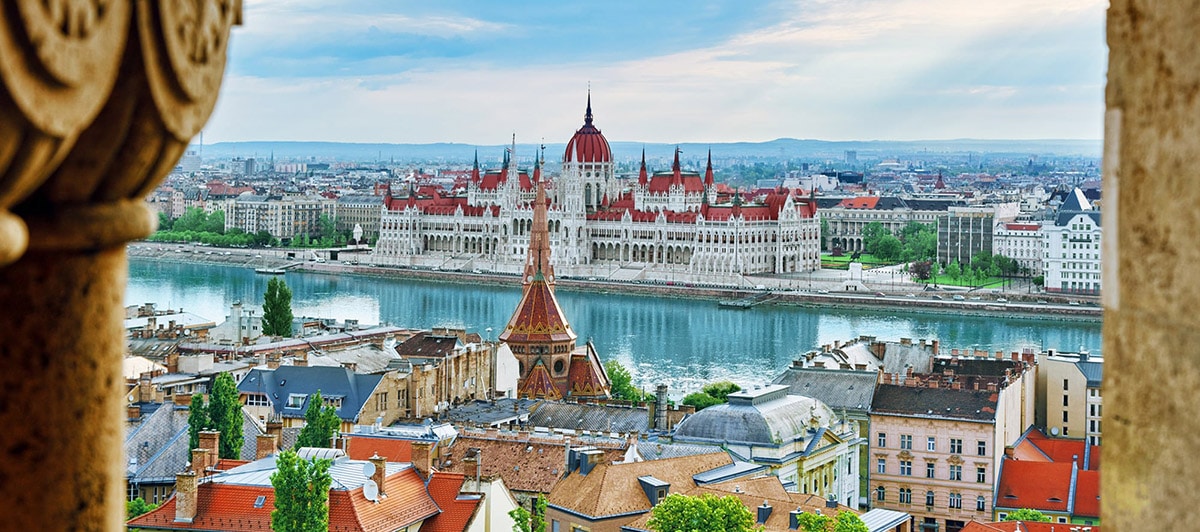
Budapest It is one of the most popular cities in Europe to go on a trip. For tourists over 40 years old, the city was one of the pearls discovered after the fall of the Berlin Wall. Today, although that has been a long time ago, recent and ancient history are evident in every corner of this city.
Or two cities? It is that Budapest was originally two cities, Buda, and Pest. Or rather, three, because Óbuda was also there. What process, what stories, what events did this city go through to become today one of the most picturesque in Europe? ¿What can we see in Budapest to learn all that?
Budapest

As I said above the current city is the union of three ancient cities, which existed in medieval times as three different zones: Buddha it was the seat of monarchical power, Pest developed further in the XNUMXth century and Obuda It was the most rural part.
The region has been inhabited for thousands of years. It is worth saying that the Romans walked around here, although it began to develop more seriously after the merger of the three cities in 1873. At that time and until the First World War the city underwent great urban changes: bridges, museums, cafes everywhere, concerts, train stations.
Then came the Second War and the 1956 Revolution, both costing many human losses and architectural heritage.
Tourism in Budapest
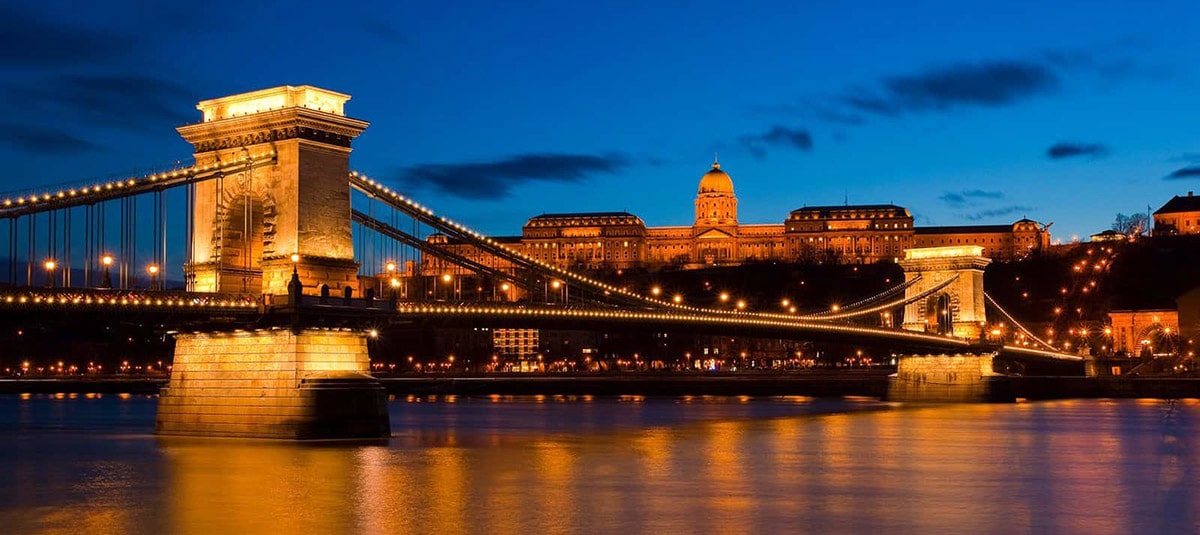
The city rests on both sides of the Danube so there were always bridges, but el bridge was the Chain Bridge. Built on the initiative of Count Szécheny and by a British architect and engineer duo, it remains a treasure.
The bridge works ended in 1849, an elegant stone bridge with chains which was a wonder of its time. Unfortunately the bombs of the Second War destroyed it, but it was later rebuilt and modernized. Take a picture of the bridge, absolutely lit up at nightIt is a nice memory of this icon of the city.
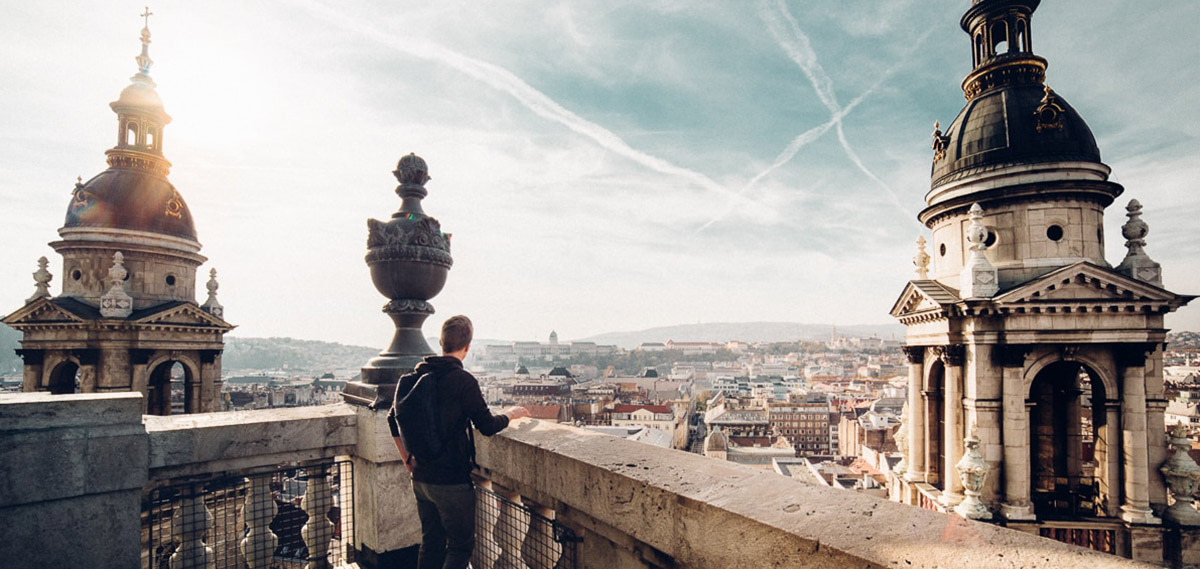
Another good place to take photos of Budapest is the viewpoint of the Basilica of San Esteban. It is the highest viewpoint in this part of the city, the old Pest, and gives us a 360 visionWhich is magnificent. The basilica is none other than the cathedral of Budapest and together with the Parliament building it is one of the highest in the city.
It is not a very old church, its foundations date from 1851 and it was only finished at the beginning of the XNUMXth century. The facade faces the river and those foundations are as big as the church itself. It is neoclassical styleIt has two bell towers and one of the two bells was founded in wartime. In its chapel is the Relic of Santa Diestra, the mummified hand of King Stephen I, first king of Hungary and, saint.
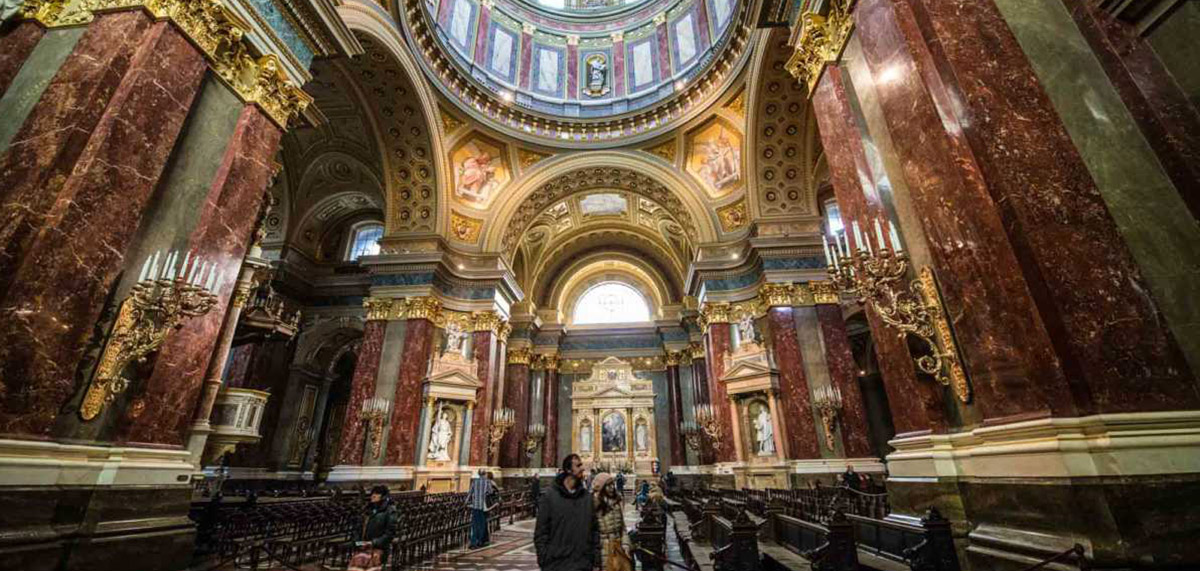
You can go up by stairs or elevator and in the cavalry room, between two levels, there is a room with samples and exhibits. It generally opens at 10 in the morning and closes around 6:30 pm. It is with entrance.
Another interesting church if you like sacred buildings is the IChurch of Our Lady of Buda Castle. It is a super historical site, beautiful, in a Gothic style and very beautifully decorated. Knew to be coronation site for kings and today it usually offers concerts and exhibitions. It is also known by the name of Matthias Church and according to tradition in this same place the first Hungarian king, Saint Stephen, ultimately, built a temple around the year 1015.

All the following sovereigns added theirs but it was King Matías I who gave him his renaissance touch. He had a time when he was transformed mosque under the ottoman empireor, so it is really a beautiful temple with excellent acoustics. Here, as a historical fact, Emperor Francisco José I, the husband of the most famous Sissi, was crowned.
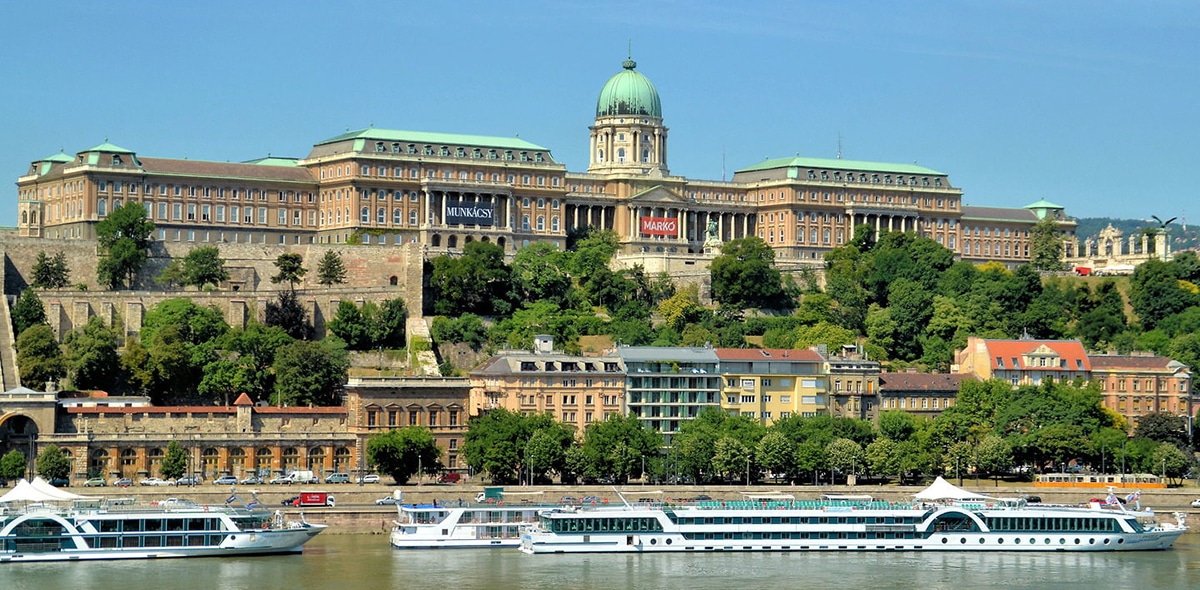
El Buda Castle It is another of the must-see attractions when traveling to Budapest. Up to this point can be reached by funicular, the most recommended and picturesque. The cars are old and the views are the best. In minutes nothing else connects Adam Clark Square with the castle. Since 1987 is World Heritagely runs every day from 8 am to 8 pm. The service runs every five or ten minutes, depending on demand and maintenance is done on odd Mondays.

Buda Castle is a historical building, a castle and palace complex of the Hungarian kings. The oldest construction dates from the XNUMXth century but the huge, baroque palace that we see today is from the XNUMXth century. It stands on a hill under which is the picturesque Várnegyed or castle quarter, medieval, baroque and neoclassical alike. The truth is that this part of the city was the scene of all the confrontations so has been destroyed and rebuilt a few times, luckily, with a lot of historical and artistic rigor.
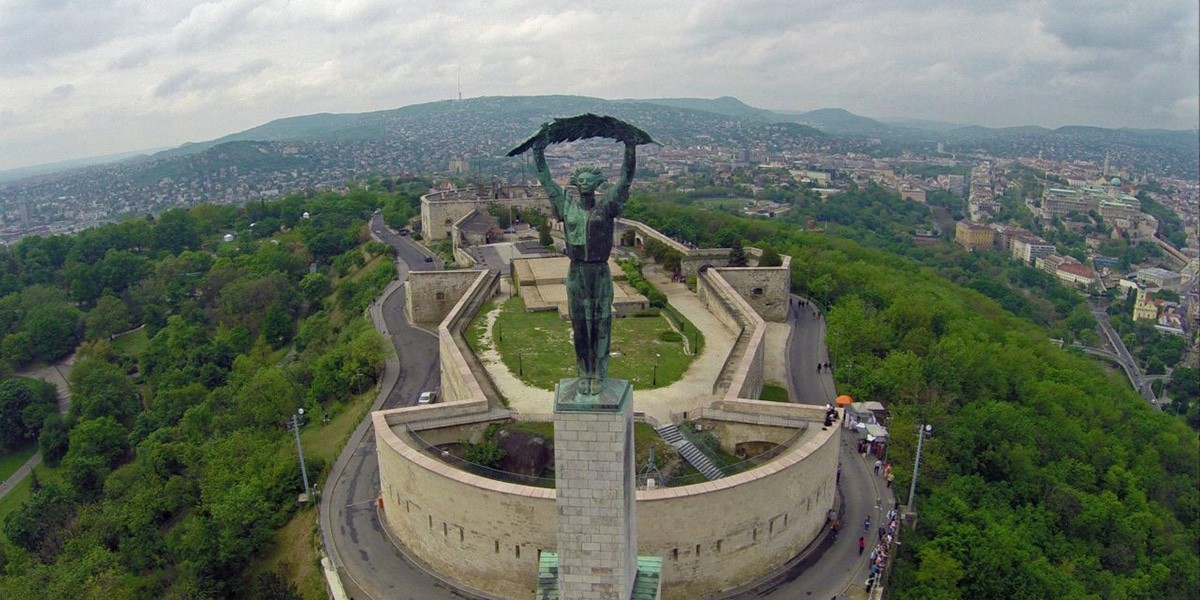
Today you can visit what remains of the medieval period, the chapel, a Gothic hall, royal apartments, ceremonial rooms, the coronation room and the Throne Room, for example. In the south wing of the castle the Budapest History Museum: four floors with everything that may interest you in the city.
El Mount Geller is only 235 meters high but it is a beauty of trees that change color according to the season. It also gives us good panoramas of the city and is named in honor of the Christian bishop assassinated by pagans in 1046, right there. This is where it is the Citadel, a large complex of military origin, but also the church, the famous Gellèrt Spa and its hotel.
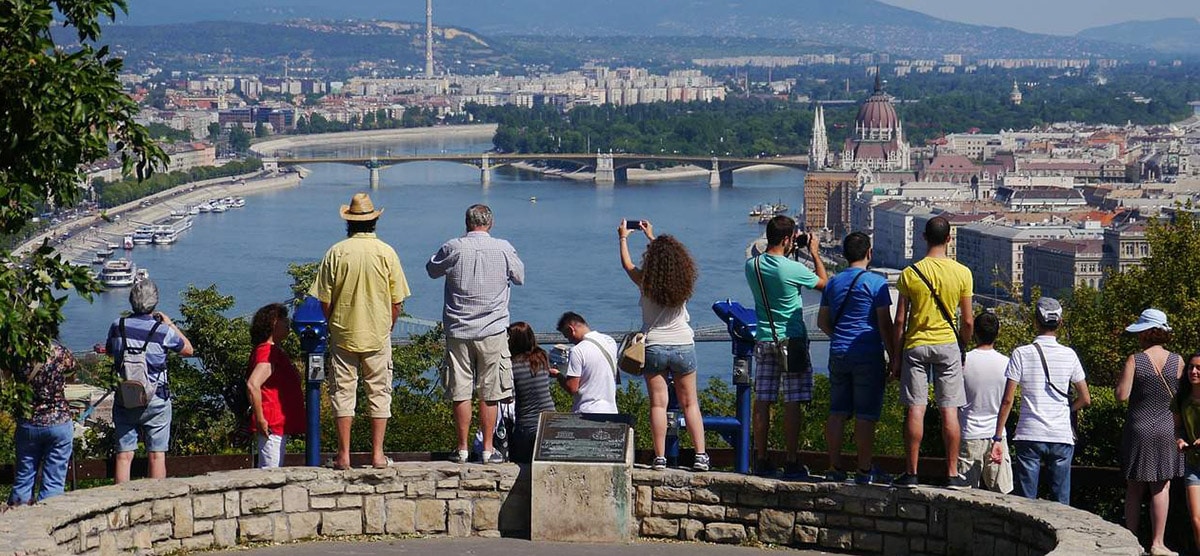
The citadel took shape in the 48th century, after the period known as the Revolutions of 'XNUMX, to control the entire area. For that dozens of cannons were installed. Later, under Soviet rule, the Statue of Liberation, symbol of victory in World War II.
We talk before parliament building, a place that you can visit in an entertaining walk of at most an hour. You visit the dome that keep the Hungarian royal crownto, for example, the gala staircase, the upper house or the hemicycle. It was built on the thousandth anniversary of the Hungarian state e inspired by the most famous English parliamentIt is in the Renaissance and Baroque style.
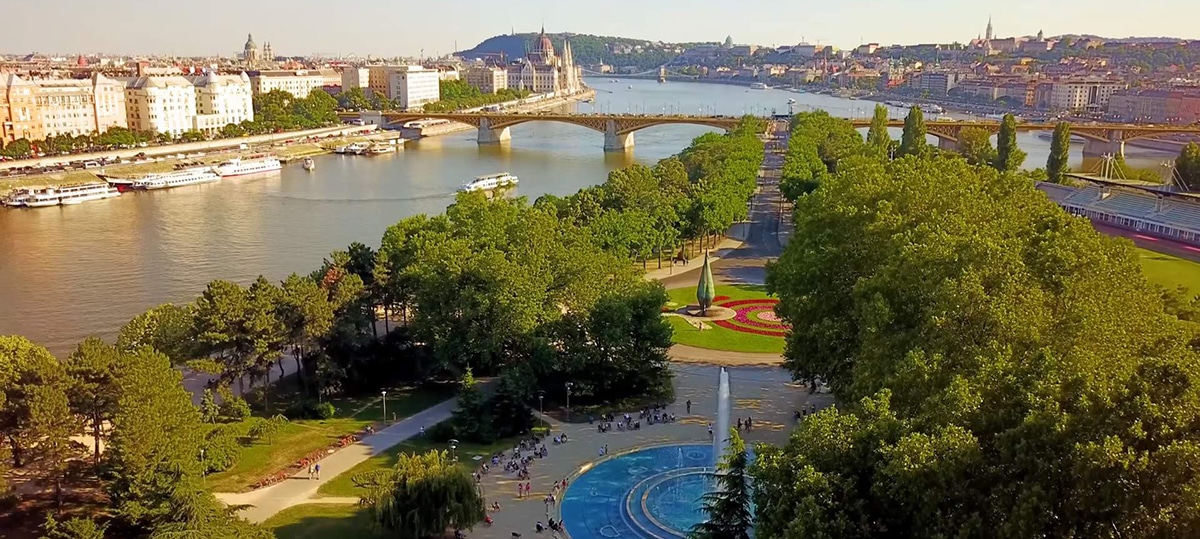
Finally, we cannot stop naming the Isla Margarita, a 2800 meter green island that is the the city's most popular green and recreational space. It used to be a hunting ground but today there are medieval ruins, tennis courts, statues and endless walks. There is also a nice Japanese garden, an old Water Tower and many beautiful trees.
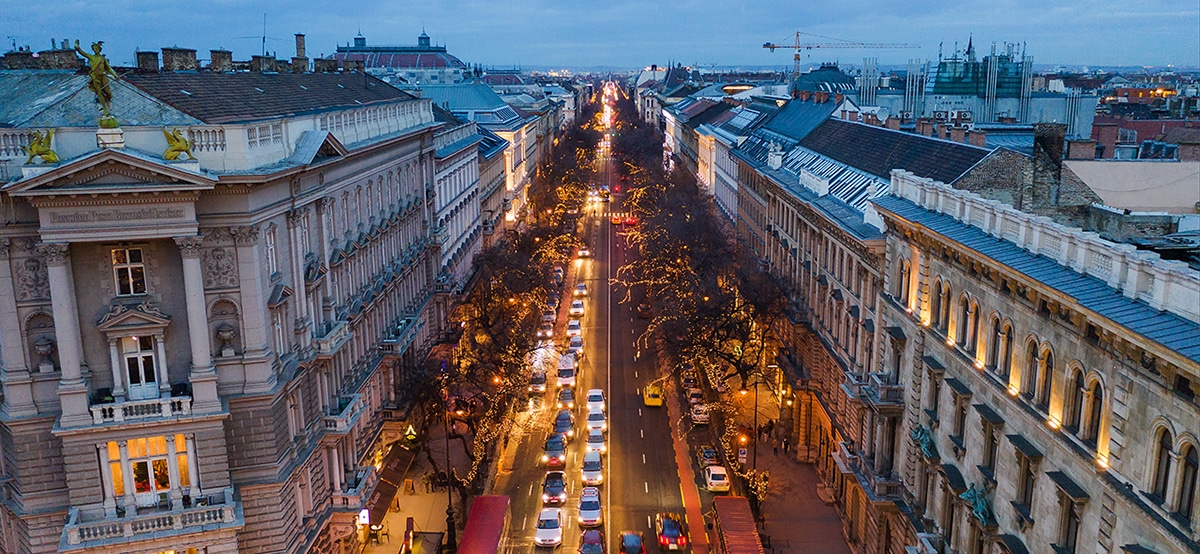
La Andrássy Avenue It was born from the hand of the modernization that European cities, including Budapest, had in the XNUMXth century. Clearly inspired by the Parisian avenues, a beautiful avenue was born, a little pompous in its architecture, and very elegant. It is about her that there is the Hungarian State Opera, the House of Terror Museum, the Academy of Fine Artss ... There are three sectors and por below it runs the city's metro, the oldest in Europe.
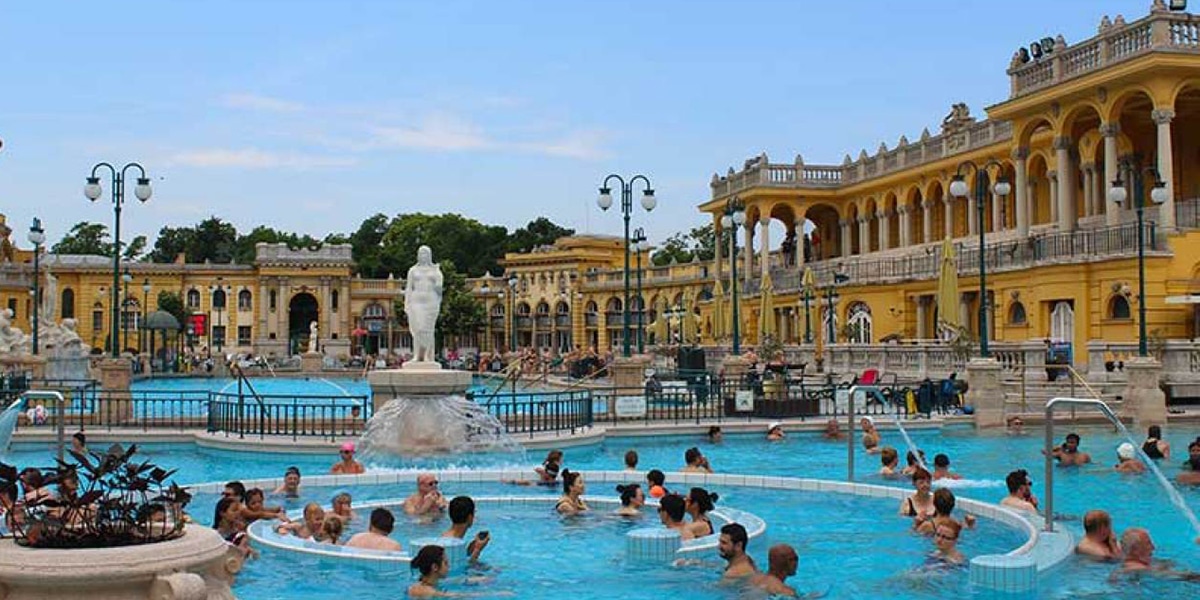
00
And last but not least, one cannot talk about Budapest without talking about the spas and the most famous is the Széchenyi Spa. This site has 21 pools with different therapeutic services and opens at six in the morning, closing at 10 at night. It is quite an experience and a body wash if you are one of the very active tourists.